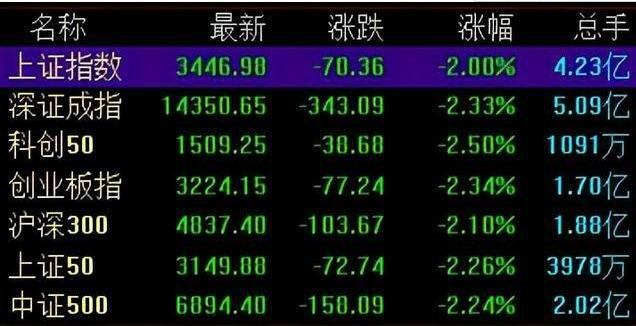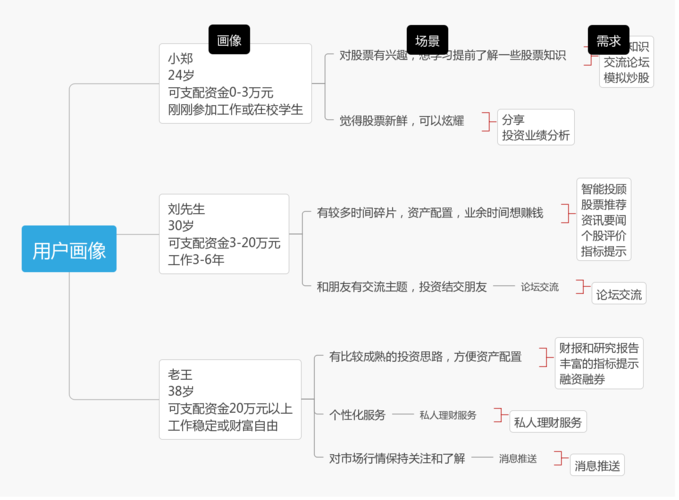Breaking News: Ceram and SINTX Collaborate to Push the Boundaries of Printed Ceramic Technology
时间:2023-09-07 19:29:10
导读:本文报道了陶瓷公司Ceram与SINTX公司的合作,旨在推动3D打印陶瓷技术的发展。这一合作将为陶瓷行业带来革命性的创新,推动陶瓷产品的制造和应用领域的拓展。文章详细介绍了Ceram和SINTX的背景以及他们的合作计划,以及这一合作对于陶瓷技术的潜在影响。此外,文章还探讨了3D打印陶瓷技术的优势和挑战,并展望了未来的发展前景。

In a groundbreaking collaboration, leading ceramic companies Ceram and SINTX have joined forces to revolutionize the field of 3D printed ceramics. This partnership aims to push the boundaries of ceramic technology, opening up new possibilities for manufacturing and applications in various industries.
Ceram, a renowned ceramic manufacturer with decades of experience, has been at the forefront of ceramic innovation. Their expertise lies in developing advanced ceramic materials and manufacturing techniques. SINTX, on the other hand, specializes in silicon nitride ceramics, known for their exceptional mechanical and thermal properties.
The collaboration between Ceram and SINTX brings together their unique strengths and expertise, creating a synergy that promises to transform the ceramic industry. By combining Ceram's knowledge of ceramic materials and manufacturing processes with SINTX's expertise in silicon nitride ceramics, the two companies aim to develop cutting-edge 3D printed ceramic products.
One of the key advantages of 3D printed ceramics is the ability to create complex geometries that are not possible with traditional manufacturing methods. This opens up new design possibilities and allows for the production of customized ceramic components tailored to specific applications. Additionally, 3D printing offers faster production times and reduces material waste, making it a more sustainable manufacturing option.
However, there are still challenges to overcome in the field of 3D printed ceramics. The process requires precise control of various parameters such as temperature, pressure, and material composition. Furthermore, the development of suitable ceramic feedstocks for 3D printing remains a challenge. Ceram and SINTX are committed to addressing these challenges through their collaboration, aiming to develop innovative solutions that will push the boundaries of 3D printed ceramic technology.
The potential impact of this collaboration is vast. 3D printed ceramics have applications in a wide range of industries, including aerospace, automotive, healthcare, and electronics. The ability to create complex ceramic components with high precision and tailored properties opens up new possibilities for these industries. For example, in the aerospace industry, 3D printed ceramics can be used to manufacture lightweight and high-strength components for aircraft engines, leading to improved fuel efficiency and performance.
In conclusion, the collaboration between Ceram and SINTX represents a significant milestone in the field of 3D printed ceramics. By combining their expertise, these companies are poised to push the boundaries of ceramic technology, revolutionizing manufacturing processes and opening up new applications. As the development of 3D printed ceramics continues to advance, we can expect to see exciting innovations and advancements in various industries.
上一篇:如何利用智库来优化盈利预测管理?
下一篇:数据揭示我国经济发展的韧性和潜力
内容
-
 中国行业新闻网:最新行业动态揭示中国经济增长趋势2023-09-05 02:11:10本文通过中国行业新闻网最新行业动态,揭示了中国经济增长的趋势。从多个行业的发展情况、政策调整、国际贸易形势等方面进行分析...
中国行业新闻网:最新行业动态揭示中国经济增长趋势2023-09-05 02:11:10本文通过中国行业新闻网最新行业动态,揭示了中国经济增长的趋势。从多个行业的发展情况、政策调整、国际贸易形势等方面进行分析... -
 A股: 市场热门股,这些股票是否已经成为你的投资策略中的重要2023-09-09 06:04:10本文将探讨A股市场热门股是否应该成为投资策略的重要组成部分。通过分析市场热门股的特点、投资风险以及投资者需求,帮助读者更...
A股: 市场热门股,这些股票是否已经成为你的投资策略中的重要2023-09-09 06:04:10本文将探讨A股市场热门股是否应该成为投资策略的重要组成部分。通过分析市场热门股的特点、投资风险以及投资者需求,帮助读者更... -
 资金流向解析:揭秘资金在市场中的流动方向2023-09-06 08:26:10本文将揭秘资金在市场中的流动方向,分析资金流向对市场的影响,同时提供符合SEO标准的文章写作指南,确保文章质量和关键词优...
资金流向解析:揭秘资金在市场中的流动方向2023-09-06 08:26:10本文将揭秘资金在市场中的流动方向,分析资金流向对市场的影响,同时提供符合SEO标准的文章写作指南,确保文章质量和关键词优... -
 成交量揭秘:中国股市交易的黄金法则,钟速读,必备收藏!2023-09-11 05:07:10本文将揭秘中国股市交易的黄金法则,即以成交量为关键指标的钟速读。通过分析成交量的变化,投资者可以更准确地判断市场趋势和股...
成交量揭秘:中国股市交易的黄金法则,钟速读,必备收藏!2023-09-11 05:07:10本文将揭秘中国股市交易的黄金法则,即以成交量为关键指标的钟速读。通过分析成交量的变化,投资者可以更准确地判断市场趋势和股... -
 黄金概念股行情:东方财富网为您揭秘最新动态2023-09-01 13:43:10本文将为您介绍黄金概念股行情的最新动态,通过东方财富网的揭秘,为投资者提供有关黄金概念股的重要信息和趋势分析,帮助读者更...
黄金概念股行情:东方财富网为您揭秘最新动态2023-09-01 13:43:10本文将为您介绍黄金概念股行情的最新动态,通过东方财富网的揭秘,为投资者提供有关黄金概念股的重要信息和趋势分析,帮助读者更... -
 投资建议书:探索新兴市场的潜力与风险2023-09-11 17:09:10本文将探讨投资建议书的重要性,以及新兴市场所具备的潜力与风险。通过分析新兴市场的发展趋势和投资机会,为投资者提供有益的建...
投资建议书:探索新兴市场的潜力与风险2023-09-11 17:09:10本文将探讨投资建议书的重要性,以及新兴市场所具备的潜力与风险。通过分析新兴市场的发展趋势和投资机会,为投资者提供有益的建...






